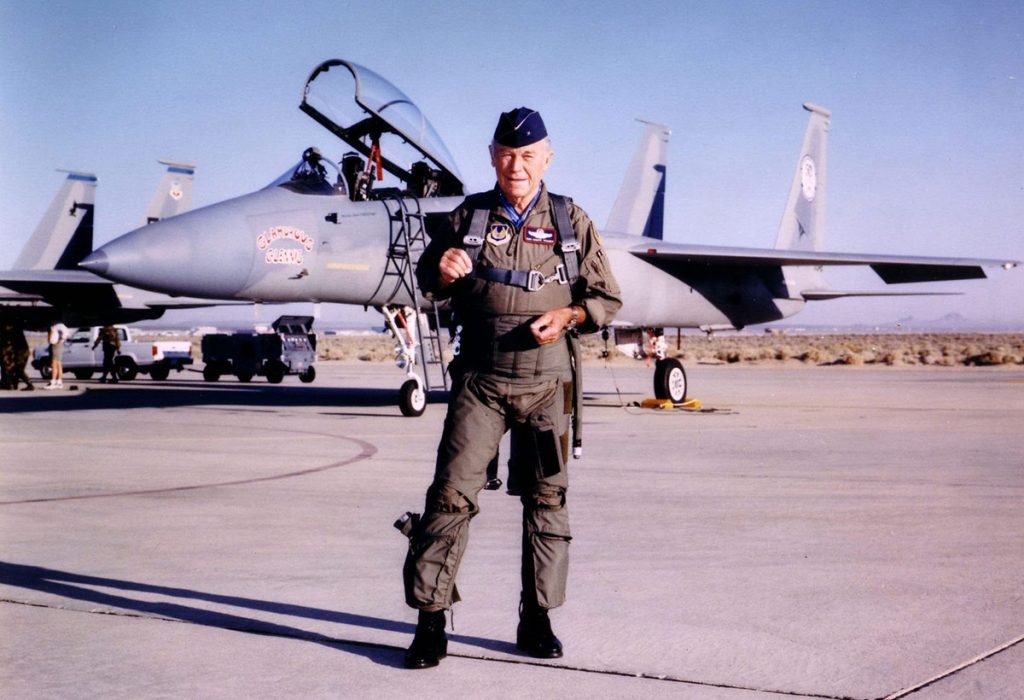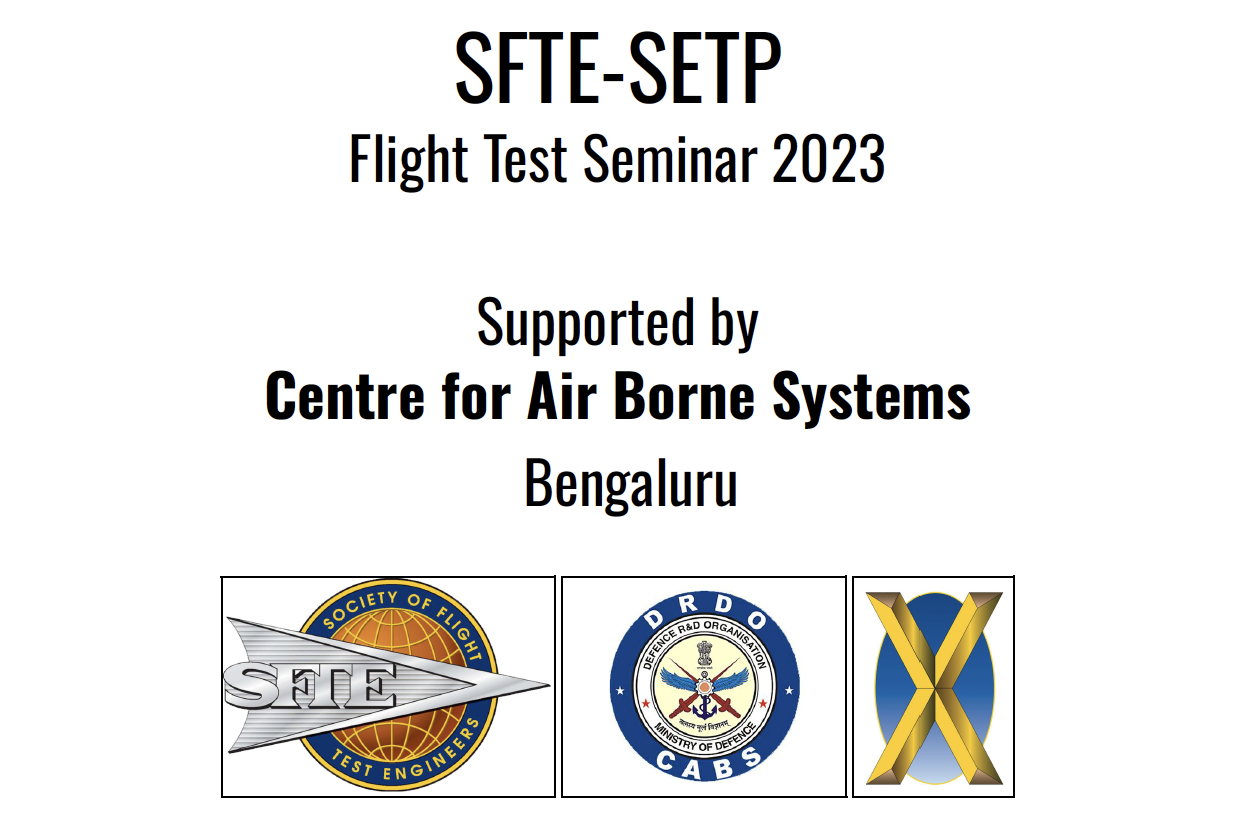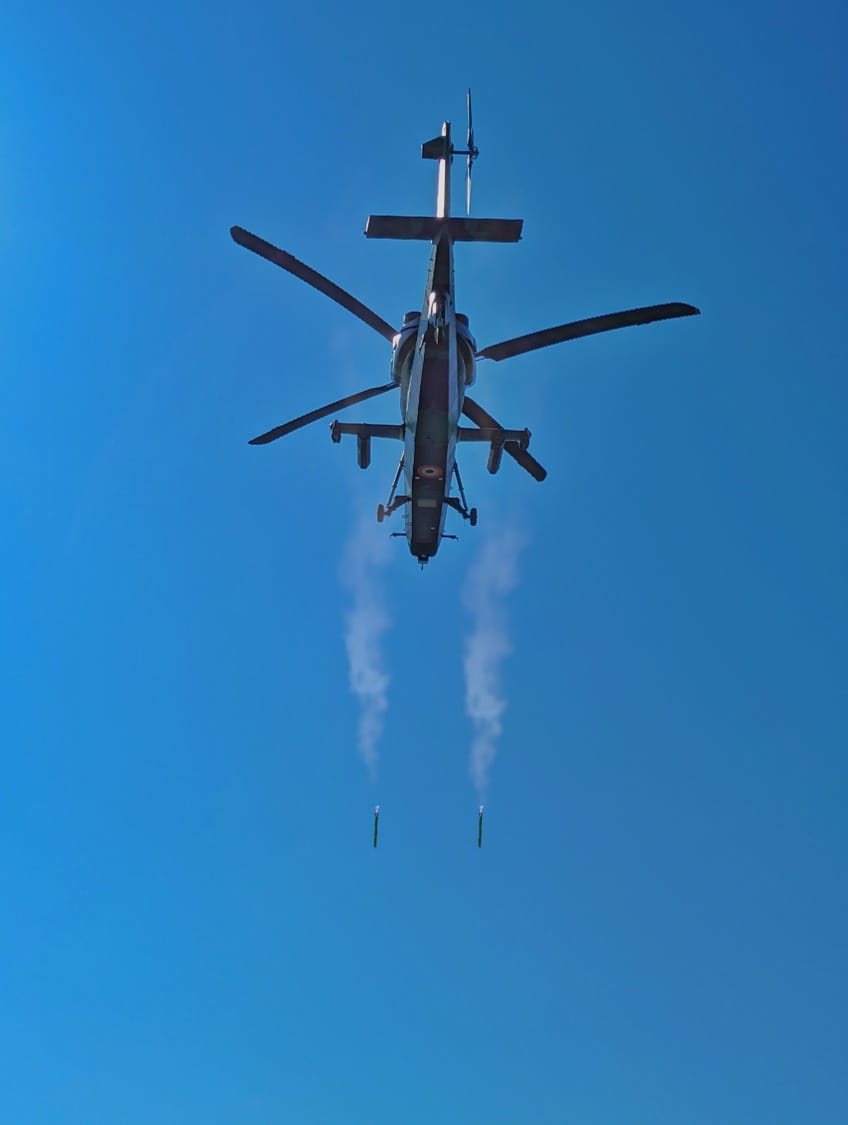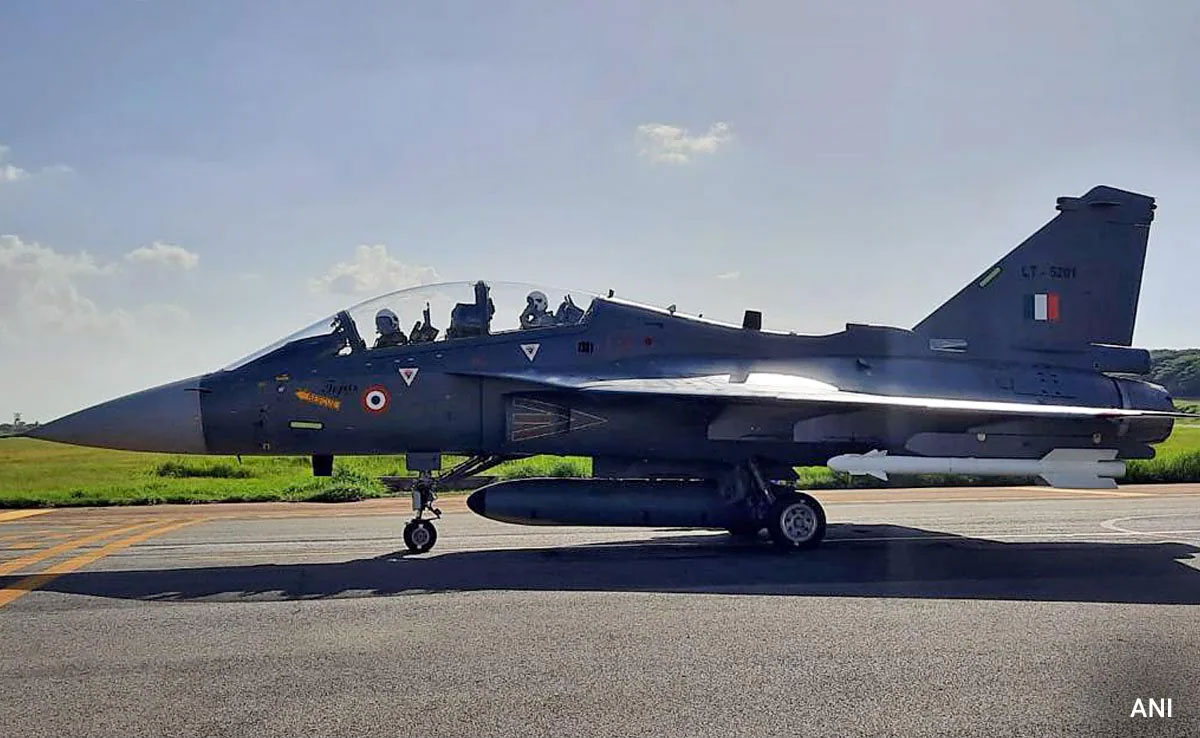The Society was saddened to learn that Brig Gen Charles E. Yeager, USAF (Ret) (F), took his “Last Flight” on 7 December 2020. He was 97.

Born on 13 February 1923, General Yeager is renown as a World War II fighter pilot ace and quintessential test pilot. He showed he had the “right stuff” on 14 October 1947 at the age of 24, when as a Captain, Yeager led the way to space as the first man to fly faster than sound. His historic supersonic flight was in the Bell X-1 experimental rocket plane at Edwards AFB, California. This occurred only three months after the 13 times decorated World War II near triple ace was picked to test fly the nation’s first research rocket plane.
Yeager enlisted in the Army Air Corps after graduating from high school in 1941 where he started off as an aircraft mechanic but then signed up for a program that allowed enlisted men to become pilots. During World War II, Yeager shot down 13 German planes, executing 64 missions. He was shot down during a mission but escaped with the help of French partisans. After the war, he attended the Experimental Flight Test Pilot School, where he graduated in 1946.
He was the first pilot to go supersonic in the Bell X-1. Nearly as notable was his more than 40 research flights in the Bell X-1, zooming 23,000 feet up from a ground takeoff in less than two minutes on 5 January 1949 as the first American pilot to do so in a fully rocket-powered aircraft. He also streaked over Edwards at 1,650mph on 12 December 1953 in the Bell X-1A advanced version of the X-1, making him the first military pilot to fly twice the speed of sound. He was also the first American pilot to test a captured Russian MIG 15.
Between X-1 flights he flew nearly every new experimental plane to arrive at Edwards and many others. Often he would fly four or five different aircraft the same day in what was referred to as an “unmatched nine-year (1945-54) record of testing high speed military aircraft”.
On 10 December 1963, while testing an NF-104 rocket-augmented aerospace trainer, he narrowly escaped death when the aircraft went out of control at 108,700 feet and crashed. He parachuted to safety. In this incident, he became the first pilot to make an emergency ejection in the full pressure suit needed for high altitude flights.
During his years at Edwards AFB, Yeager served as Commandant of the Air Force Test Pilot School (also known as the Aerospace Research Pilot School). After many different assignments in the Air Force, General Yeager retired from active duty on 1 March 1975. His military decorations and awards include the Distinguished Service Medal, Silver Star with one oak leaf cluster, Legion of Merit with one oak leaf cluster, Distinguished Flying Cross with two oak leaf clusters, Bronze Star Medal with “V” device, Purple Heart, Air Medal with 10 oak leaf clusters, the Air Force Commendation Medal, Distinguished Unit Citation Emblem with one oak leaf cluster and the Air Force Outstanding Unit Award.
In his more than 60 years of flying, General Yeager also flew experimental and research aircraft for Douglas’ X-3 turbojet, Northrop’s X-4 tail-less jet, Martin’s XB-51 three-engine jet bomber, Rupublic’s XF-91 rocket augmented jet fighter and Convair’s XF-92 delta wing research aircraft. He has also flown 341 types of military planes with about 18,000 hours logged to include the SR-71, F-15, F-16, F-18 and the F-20 Tigershark.
General Yeager joined the Society in 1968 and was upgraded to Fellow in 1975. He participated in SETP’s 100th Anniversary of Flight Celebration in 2003 by giving a presentation on his famous flight breaking the sound barrier.




